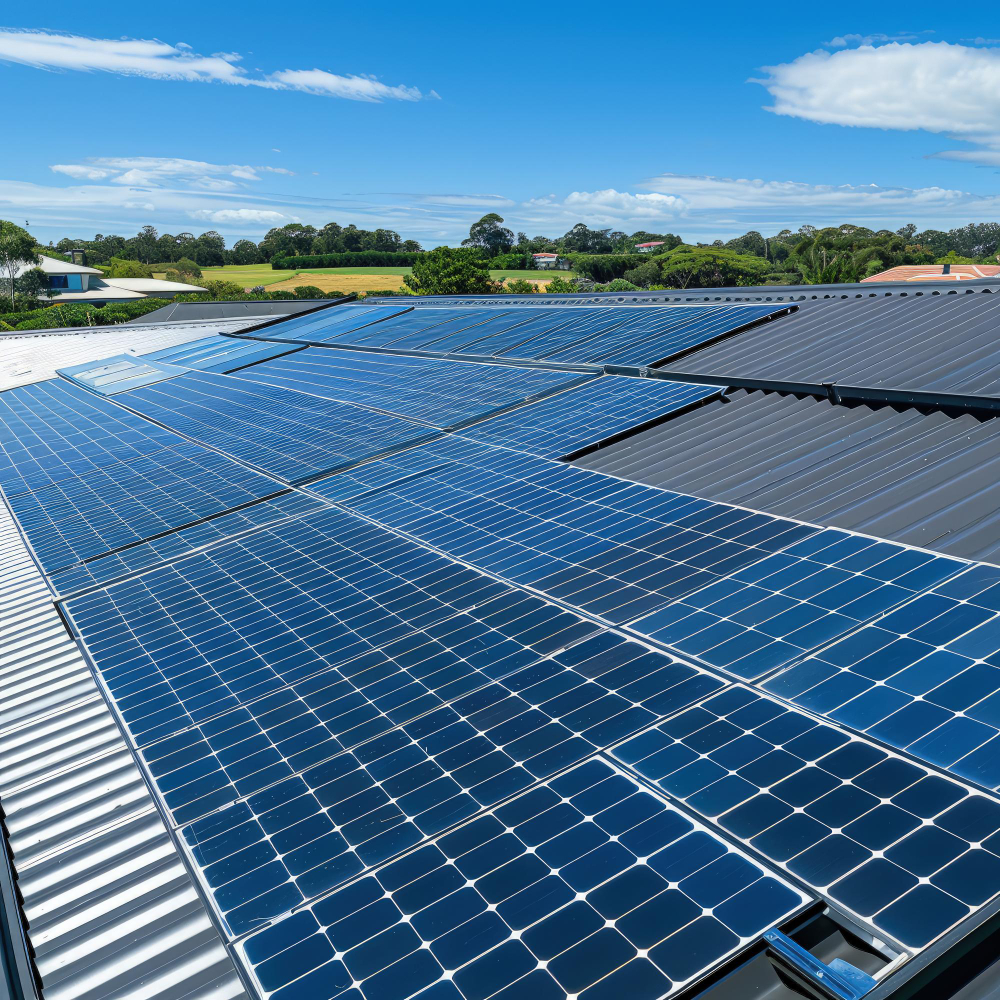The Indian government has recently unveiled an exciting new initiative aimed at making solar energy more accessible to the masses. The PM Surya Ghar scheme is a game-changer designed to provide free electricity to eligible households through solar power. This blog will explore the details of the PM-Surya Ghar scheme, its guidelines, and the impact it’s expected to have on Indian households and the environment.
What is PM-Surya Ghar?
The PM-Surya Ghar scheme is a government initiative that aims to promote the adoption of solar energy by offering free electricity to eligible households. The program is part of a broader effort to increase the use of renewable energy sources and reduce dependence on conventional power supplies. By providing free solar electricity, the government hopes to make clean energy accessible to everyone, especially those in underserved and remote areas.
Key Features of the Scheme
- Eligibility Criteria: The scheme targets households in economically weaker sections and remote areas that lack reliable access to electricity. To be eligible, households must meet certain income and residency criteria. The government has designed these criteria to ensure that the benefits of the scheme reach those who need them most.
- Free Electricity: Under the PM-Surya Ghar scheme, eligible households will receive free solar electricity. This is a significant benefit for low-income families, who often struggle with high electricity bills. By reducing or eliminating these costs, the scheme aims to improve the quality of life for many people.
- Solar Panel Installation: The government will cover the costs of installing solar panels and related infrastructure. This includes the installation of photovoltaic (PV) panels, inverters, and batteries. The installation process will be managed by authorized agencies to ensure that the systems are installed correctly and efficiently.
- Maintenance and Support: To ensure the longevity and efficiency of the solar systems, the scheme includes provisions for maintenance and support. Authorized service providers will offer regular maintenance checks and repairs as needed. This support is crucial for keeping the solar panels in optimal working condition and ensuring continuous power supply.
- Capacity and Coverage: The PM-Surya Ghar scheme is designed to cover a significant portion of a household’s electricity needs. While the exact capacity may vary based on location and household size, the goal is to provide a substantial amount of free electricity. This will help reduce the financial burden of energy costs for participating families.
Guidelines for Participation
- Application Process: Interested households must apply for the PM-Surya Ghar scheme through a designated application process. This typically involves submitting proof of income, residency, and other required documentation. Applications can usually be submitted online or at local government offices.
- Verification and Approval: Once the application is received, it will be reviewed by government officials to verify eligibility. Approved applicants will receive confirmation and details about the installation process. It’s important to ensure that all provided information is accurate and complete to avoid delays.
- Installation and Training: After approval, the installation of solar panels will be scheduled. Authorized installers will handle the setup, and households will receive training on how to use and maintain the solar system. Proper training is essential for maximizing the benefits of the scheme and ensuring that the system operates effectively.
- Monitoring and Reporting: The performance of the installed solar systems will be monitored to ensure they are functioning correctly. Households may be asked to provide feedback on their experience with the system and any issues they encounter. This feedback helps improve the program and address any concerns promptly.
Impact of the PM-Surya Ghar Scheme
- Economic Benefits: By providing free solar electricity, the PM-Surya Ghar scheme can lead to substantial savings for low-income households. Reducing or eliminating electricity bills helps families allocate their resources to other essential needs. Additionally, the scheme can create job opportunities in the solar industry, contributing to economic growth.
- Environmental Benefits: Solar energy is a clean and renewable resource that reduces reliance on fossil fuels. By increasing the use of solar power, the PM-Surya Ghar scheme contributes to lowering greenhouse gas emissions and combating climate change. This is a critical step in promoting environmental sustainability and protecting natural resources.
- Social Benefits: Access to reliable and affordable electricity improves the quality of life for many families. The PM-Surya Ghar scheme aims to bridge the energy gap in underserved areas, providing a more equitable distribution of energy resources. This can enhance educational opportunities, health outcomes, and overall well-being for participating households.
Conclusion
The launch of the PM-Surya Ghar scheme is a significant milestone in India’s journey towards sustainable and inclusive energy solutions. By offering free solar electricity to eligible households, the government is making a bold commitment to renewable energy and social equity. The scheme’s comprehensive guidelines and support structures ensure that the benefits of solar power reach those who need it most. As more households embrace solar energy through this initiative, India moves closer to a greener, more sustainable future. If you think you might be eligible, be sure to check out the application process and take advantage of this transformative opportunity.





